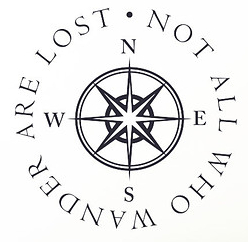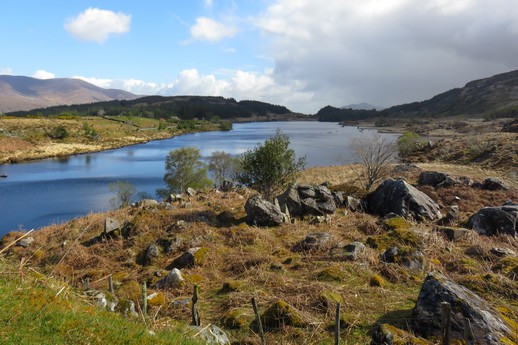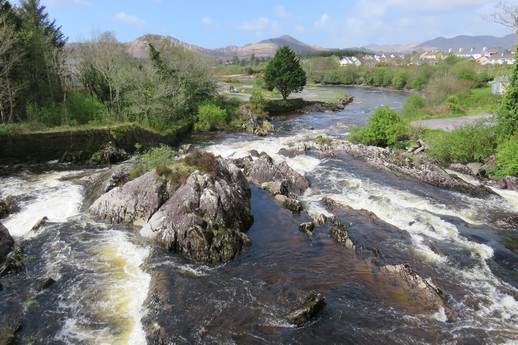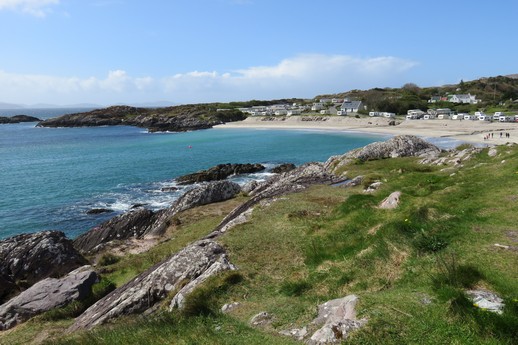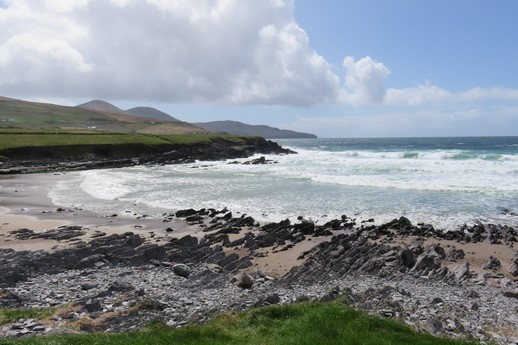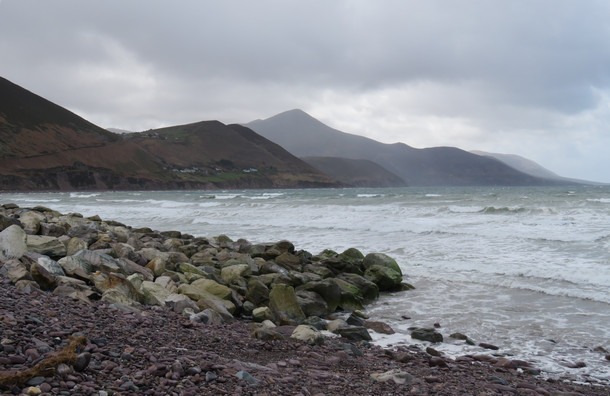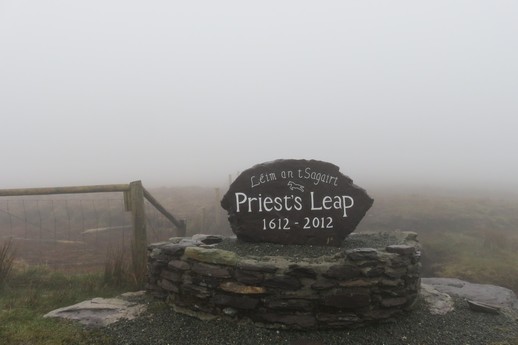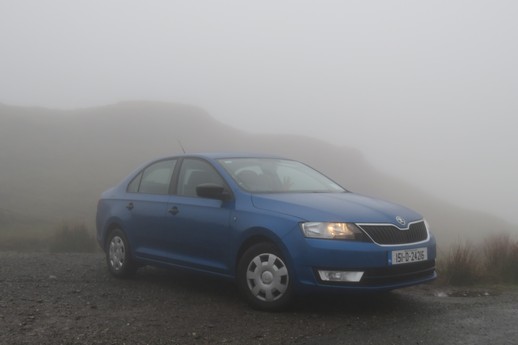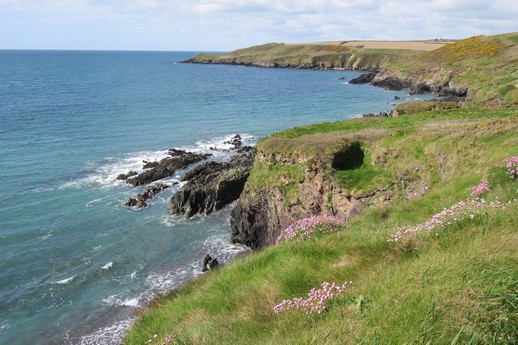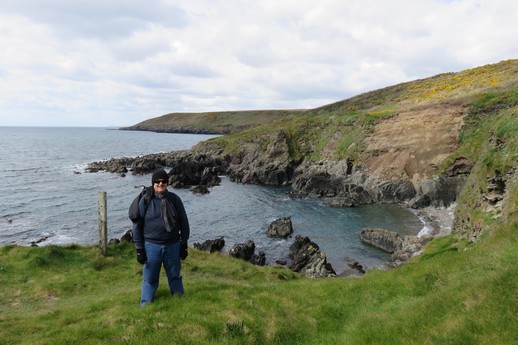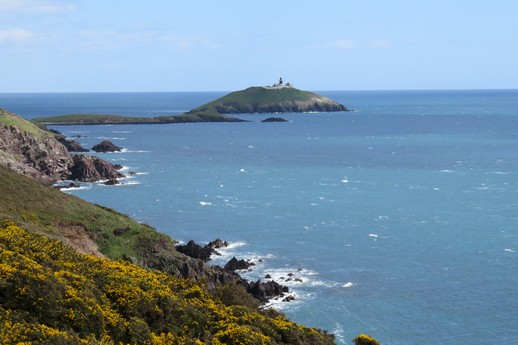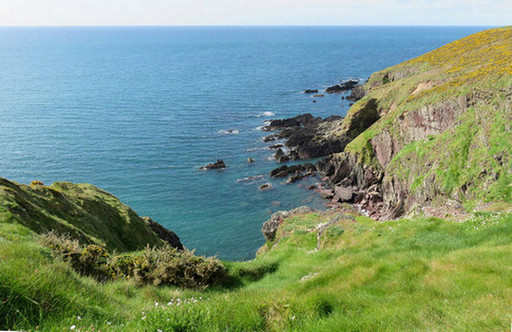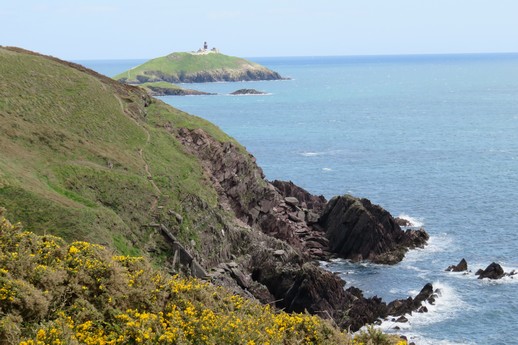Today we visited Muckross Estate comprising Muckross House and its associated gardens located a few kilometres from the centre of Killarney and fully contained within the larger Killarney National Park.
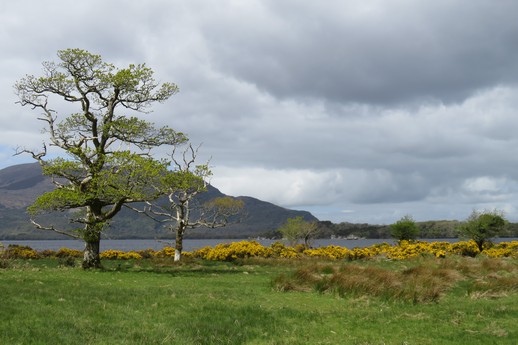
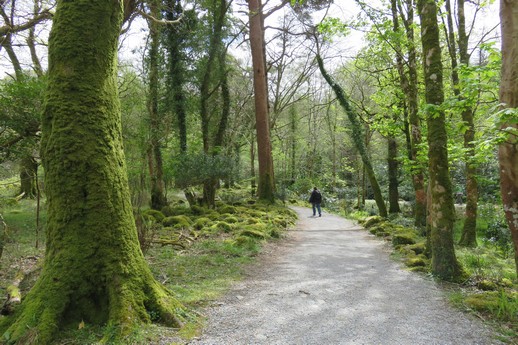
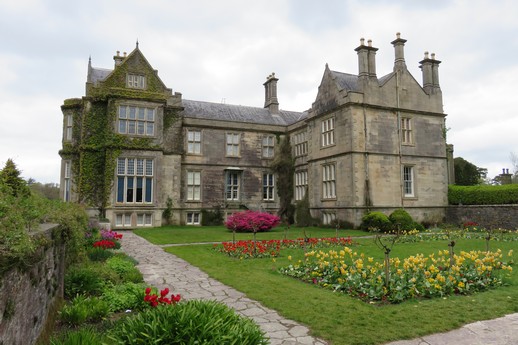
Muckross House is a nineteenth century Victorian mansion set against the stunning beauty of Killarney National Park. The house stands close to the shores of Muckross Lake, one of Killarney’s three lakes.
Muckross House was built for Henry Arthur Herbert and his wife, the water-colourist Mary Balfour Herbert. This was actually the fourth house that successive generations of the Herbert family had occupied at Muckross over a period of almost two hundred years. Building commenced in 1839 and was completed in 1843.

During the 1850s, the Herberts undertook extensive garden works and building renovations in preparation for a visit by Queen Victoria in August of 1861. Our tour guide said that this work took six years to plan and implement – and Queen Victoria stayed a total of two nights on the estate. Apparently, this investment was a significant contributing factor to the subsequent financial failure of the family leading to them having to sell the estate under circumstnces of ignominous bankruptcy. The anticipated royal largesse for this investment (a title) never eventuated for within a few months after Queen Victoria’s visit, her beloved consort, Prince Albert, died (on 14 December 1861) and Queen Victoria entered a long period of mourning and withdrew from many of the affairs of state – like conferring titles.
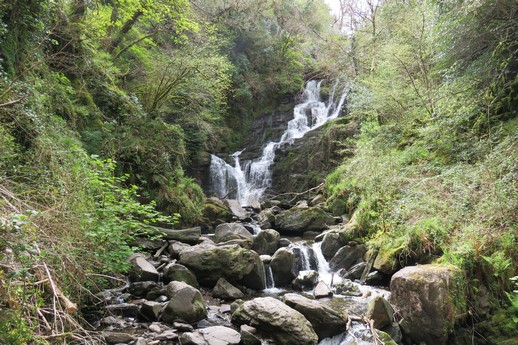
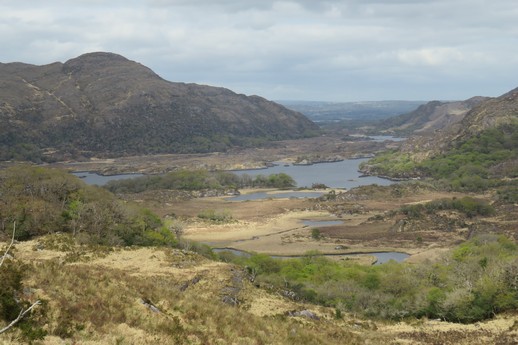
Our accomodation in Killarney was one of a number of rooms above a pub right in the centre of Killarney town. We arrived on Sunday of the May Day long weekend. Apparently Killarney has a car rally over this long weekend every year and while we had booked far enough in advance to secure accomodation – parking was another issue. And then there were the groups of young men driving their cars through the narrow streets revving their engines and leaning out of the windows with bottles of beer seeking to attract the attention of the numerous groups of young ladies who appeared to respond with encouraging comments whenever the engine revs went over 3,000 RPM and the exhaust systems backfired. Fortunately the young men were communicating in a language completely unintelligible to us and so we smiled back and waved.
When we checked into our room we found a couple of plastic packets in the bathroom containing ear plugs. At about 3 am I was tempted to find the packets and put the ear plugs to use as the alley adjacent to our hotel had filled with loud and very drunk people all speaking their particular version of their unintelligible dialect, at the top of their voices.
And Monday night was not much better, as there was a nightclub on the other side of the alley who were having a live band. The drums started tuning at half past ten and I had buried my head in the pillow when they began in earnest an hour later. I believe double glazing has superior audio attenuation properties over single panes of glass. I’m sure it has – but it didn’t seem to make our night pass any quieter.
